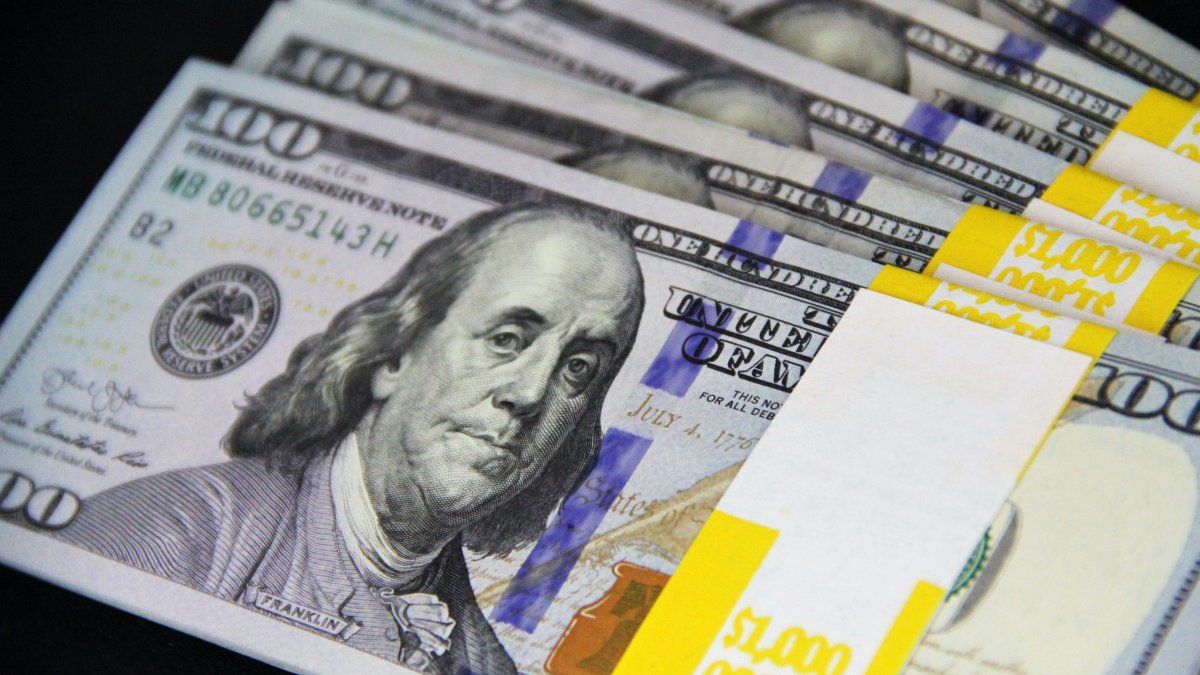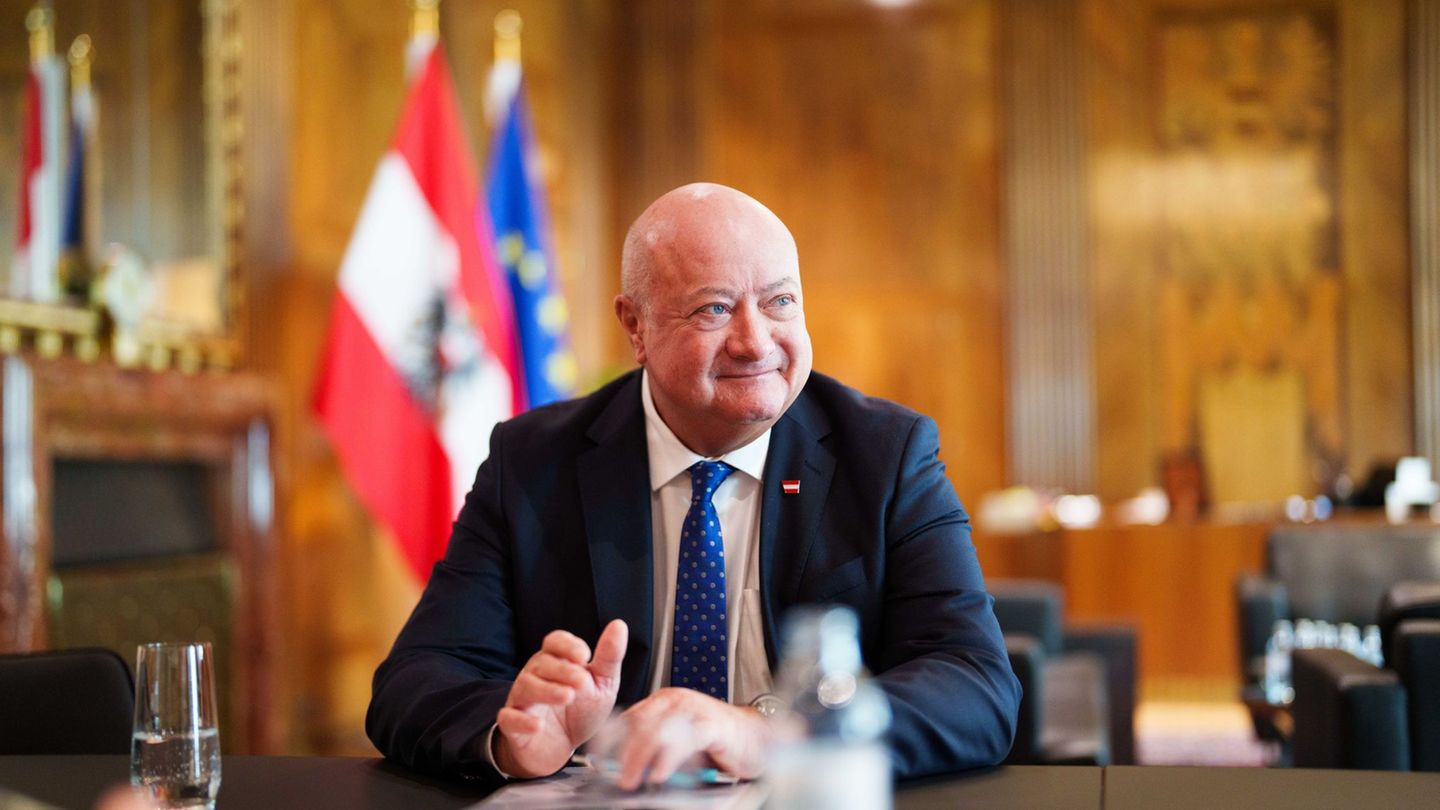“The agreement was signed before the economic consequences that the war between Russia and Ukraine were going to cause throughout the world were known, even so we are on track to meet all the goals without the need to restructure the agreement or make use of any of the clauses that allow revision of the guidelines”confirmed to Ambit one of the trusted men who participates in the tour with the Minister of Economy.
Before the consultation of this medium, in the environment of Massa they maintained that Argentina is heading to even meet the goal of accumulation of reserves. It is that the scenario changed drastically in the last week with the combination of foreign currency income via the soybean dollar, the reopening of the relationship with the IDB and the new disbursements that will come from the World Bank.
The Chamber of the Industry of the Oil Industry and the Cereal Exporters Center reported on Wednesday that 72 hours after the start of decree 576/2022, foreign exchange income totaled US$1,075 million. As market sources confirmed to Ámbito, yesterday the pace of sales by producers was slightly reduced, although it was once again very high. About 500,000 tons were sold. The Government expects to collect some $5 billion this month for the measure announced last Sunday, but in the private sector they already estimate that the figure at the end of September will be higher.
On the side of the multilateral organizations, the IDB promised to disburse some US$3,000 million this year, of which US$1,200 million will go directly to increase the reserves of the Central Bank and the rest will be executed in specific programs aimed at road and sanitation works, among others. This month US$700 million will arrive. The World Bank will add US$900 million to the 2022 programming, which will also be for specific plans, such as worker training, universal child allowance, among others. That is, funds that will arrive in foreign currency for expenses that will be made in pesos, so it will also end up collaborating with the coffers of the monetary entity.
As for foreign currency outflows, the worst is over. Energy imports, which involved some US$4.2 billion between June and July, began to slow down in August and the sectoral balance, due to seasonal reasons, is going to reverse in the rest of the year. In addition, the Government seems willing to continue with restrictions on access to the foreign exchange market to import goods and supplies. Yesterday afternoon, communication 7532 was extended until December 31, which establishes the obligation to finance imports processed through SIMI B for 180 days.
The reserve accumulation goal outlined in the Extended Facilities agreement signed by Argentina with the International Monetary Fund is US$5.8 billion for 2022. “Taking the IMF criteria, the drop in holdings until this Wednesday was u $s22 million, when a week ago it was almost 300”, explained Santiago Manoukian, head of research at Ecolatina. In the Government they assure that with the soy dollar and multilateral combo, this trend will be accentuated and the annual objective will be reached.
Source: Ambito
David William is a talented author who has made a name for himself in the world of writing. He is a professional author who writes on a wide range of topics, from general interest to opinion news. David is currently working as a writer at 24 hours worlds where he brings his unique perspective and in-depth research to his articles, making them both informative and engaging.




